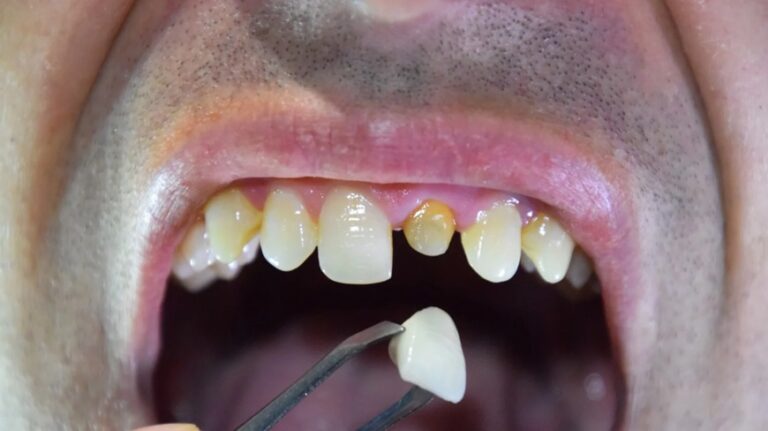When it comes to restoring damaged teeth, dental professionals in Toronto have a variety of tools and techniques at their disposal. Among the most common restorative procedures are dental crowns and fillings, each serving specific purposes depending on the extent of tooth damage. If you’ve ever wondered why a dentist might recommend a dental crown over a filling, you’re not alone. Understanding the differences between these two options can help you make informed decisions about your dental care. Whether you’re considering a dental crown in Toronto or simply want to learn more about your options, this guide will shed light on why crowns are often chosen for more extensive dental work.
Understanding Dental Crowns and Fillings
Dental crowns and fillings are both restorative procedures used to repair damaged teeth. However, they serve different purposes and are suitable for different situations.
What is a Dental Filling?
A dental filling is a procedure where a dentist removes decayed tooth material and fills the area with a restorative material. Fillings are ideal for smaller areas of decay or minor damage.
What is a Dental Crown?
A dental crown, on the other hand, is a cap that covers the entire visible portion of a tooth. It’s designed to restore a tooth’s shape, size, strength, and appearance.
When Dentists Choose Crowns Over Fillings
Dentists consider several factors when deciding between a crown and a filling:
- Extent of Damage: If a tooth has extensive decay or damage that affects more than half of the tooth width, a crown is often the better choice.
- Strength and Durability: Crowns provide more strength and protection for weakened teeth compared to fillings.
- Aesthetic Considerations: Crowns can improve the appearance of severely discolored or misshapen teeth more effectively than fillings.
- Prevention of Further Damage: For teeth at risk of fracture, a crown can provide better long-term protection.
Benefits of Dental Crowns
Dental crowns offer several advantages over fillings in certain situations:
- Longevity: While fillings can last for several years, crowns typically have a longer lifespan. For more information on the longevity of dental fillings, read this article.
- Improved Functionality: Crowns restore the full function of a damaged tooth, allowing for normal biting and chewing.
- Better Protection: They cover and protect the entire visible portion of the tooth, reducing the risk of further decay or damage.
- Aesthetics: Crowns can be matched to the color of surrounding teeth, providing a natural look.
The Dental Crown Procedure
The process of getting a dental crown typically involves:
- Examination and preparation of the tooth
- Taking impressions for custom crown fabrication
- Placing a temporary crown
- Fitting and cementing the permanent crown
Innovations in Dental Crown Technology
Recent advancements have improved the dental crown experience:
- Digital Scanning: This technology allows for more precise crown fitting.
- Same-Day Crowns: Some dental offices now offer crowns created and placed in a single visit.
- Improved Materials: Modern crowns are more durable and natural-looking than ever before.
Conclusion
While dental fillings remain an excellent option for minor tooth repairs, dental crowns offer superior protection and restoration for more extensively damaged teeth. If you’re considering dental work, consult with a professional to determine the best treatment for your specific situation.
Remember, investing in the right dental procedure today can save you time, money, and discomfort in the long run. Whether you need a filling or a crown, prioritizing your dental health is always a wise choice.


Comments are closed.